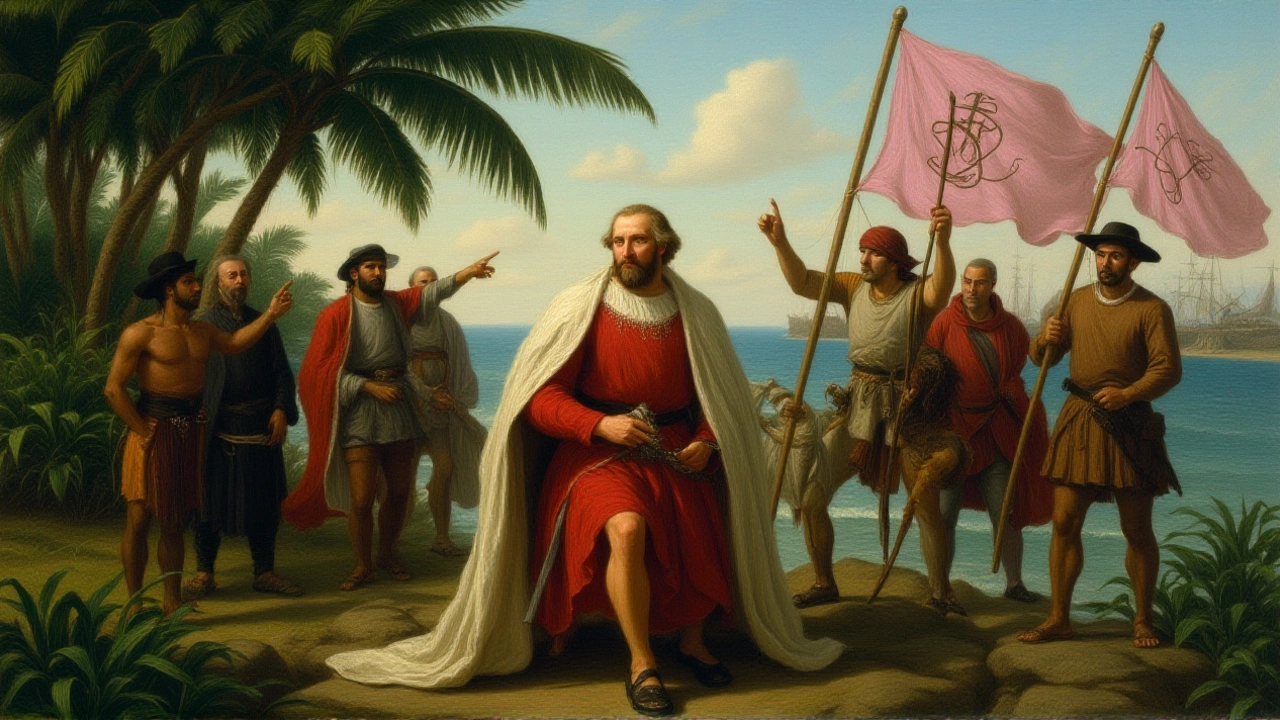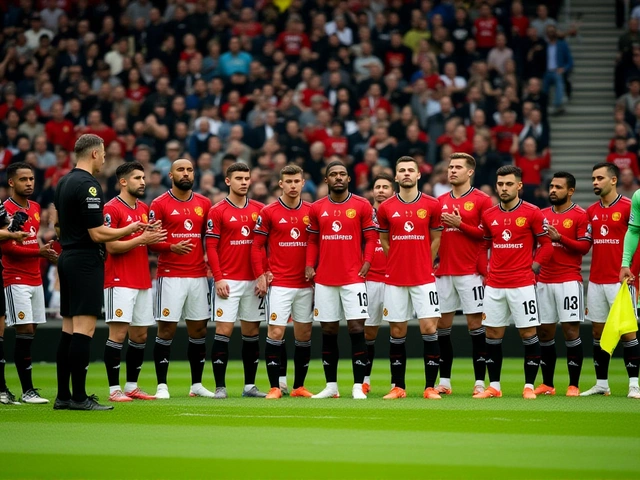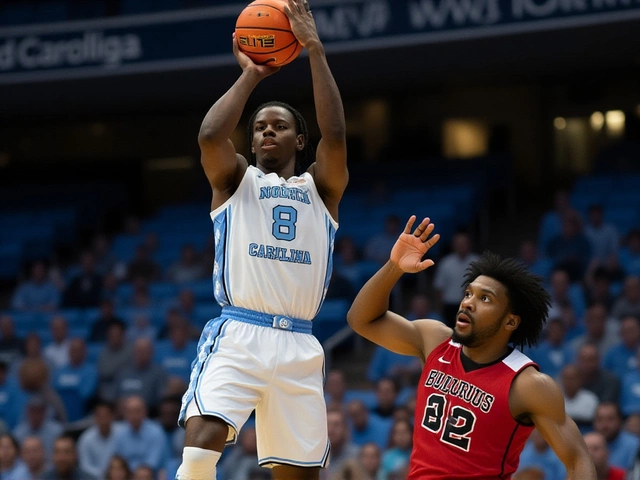Cinco de Mayo: Puebla’s 1862 Victory and Its U.S. Party Rise

When Ignacio Zaragoza, a young Mexican general, led his outnumbered militia to triumph over French troops at the Battle of PueblaPuebla, he not only stopped a European advance but also sparked a holiday that would, decades later, become a party staple in the United States.
The fight took place on May 5, 1862, about 80 miles south of Mexico City, where Zaragoza’s force of roughly 2,500 volunteers—mostly mestizo and Zapotec soldiers—faced a French column of 6,000 seasoned troops under Charles Latrille Laurencez. The Mexican side suffered far fewer casualties, while the French lost about 1,000 men after a costly assault up Cerro de Guadalupe. The victory, though tactical, became a lasting symbol of resistance against foreign domination.
Historical Roots of the Conflict
To understand why the battle mattered, you have to go back to 1861. Mexico, still reeling from the 1846‑48 war with the United States, announced a moratorium on foreign debt payments. That move prompted three European powers—England, Spain, and Second French Empire—to intervene. While the British and Spanish forces withdrew by April 1862, the French, backed by Emperor Napoleon III, pressed on, hoping to install a monarchy under Archduke Maximilian of Austria.
The United States, preoccupied with its own Civil War, could offer little help—until 1865, when the Union emerged victorious. Secretary of State William H. Seward then warned that any French foothold in Mexico should be “unconditional.” By early 1866, Napoleon III ordered a withdrawal, and French troops finally left Mexico on January 18, 1866.
From Battlefield to Holiday
In Mexico, the anniversary stayed fairly local. Puebla hosts military parades and reenactments, and the city was renamed Puebla de Zaragoza in honor of its hero. The celebration never became a nationwide holiday, unlike September 16’s Independence Day.
Across the border, however, the story took a different turn. The first recorded U.S. observance was in Columbia, California, in 1862—just weeks after the battle. Mexican‑American communities marked the day with church services and traditional food, but it remained a modest affair for over a century.
Everything changed in the 1980s. Beer giants, tequila brands, and other beverage companies realized that a spring holiday could boost sales in a traditionally slow quarter. As one marketing director later recalled, “We saw a gap between St. Patrick’s and the summer festivals; Cinco de Mayo was the perfect cultural hook.” Massive ad spends turned the day into a commercial bonanza, and today U.S. beer sales on May 5 rival those of the Super Bowl.
Key Facts at a Glance
- Battle date: May 5, 1862.
- Mexican force size: ~2,500 volunteers.
- French force size: ~6,000 troops.
- French casualties: ~1,000 killed or wounded.
- U.S. beer sales on Cinco de Mayo: over $2 billion (2023 data).

Perspectives from Historians and Economists
Dr. María López, a historian at the Universidad Nacional Autónoma de México, notes, “The battle’s strategic impact was limited, but its mythic resonance galvanized Mexican nationalism for decades.” She adds that the holiday’s U.S. evolution “illustrates how commercial interests can reshape cultural memory.”
Economist Thomas Greene from the University of Texas quantified the effect: “Between 2010 and 2020, Cinco de Mayo accounted for a 12% lift in U.S. tequila imports and a 9% rise in Mexican‑style cuisine restaurant traffic during the week of May 5.”
Impact on Communities
For Mexican‑American families, the day still holds personal meaning. In Los Angeles’ Chavez‑Moreno district, a multi‑generational bakery prepares 10,000 tamales each year, a tradition that began with immigrants in the 1940s. The owner, Carlos Mendoza, says, “Our customers come for the food, but they stay for the stories about Zaragoza and the pride in being Mexican‑American.”
Meanwhile, tourism officials in Puebla report a modest 4% rise in visitors each May, driven largely by domestic travelers who attend the historic parade and battle reenactment at the Fortress of San Javier. The revenue boost, while small compared to U.S. commercial gains, helps preserve local museums and the battlefield park.

What the Future Holds
As the U.S. continues to diversify its holiday calendar, some activists argue that the commercial spin erases the original anti‑imperial narrative. A coalition of cultural groups plans to launch an educational campaign in 2026, aiming to pair the party atmosphere with “micro‑lectures” on Mexican history in schools and community centers.
In Mexico, there are calls to elevate the day from a regional observance to a national recognition, especially as younger Mexicans abroad seek stronger ties to their heritage. Lawmakers in Puebla have drafted a bill to fund a new museum wing dedicated to the battle’s global implications.
Frequently Asked Questions
Why is Cinco de Mayo celebrated more widely in the United States than in Mexico?
In Mexico the holiday is a regional event focused on Puebla’s military parade, while in the United States 1980s marketing campaigns by beer and tequila companies turned it into a springtime party that boosted sales during a traditionally slow quarter. The commercial push created nationwide awareness far beyond the original historical context.
What was the strategic significance of the Battle of Puebla?
Strategically, the battle did not stop the French advance; they returned in 1863 and eventually captured Mexico City. However, the victory provided a morale boost, proved that a smaller, less‑equipped force could repel a European army, and became a rallying symbol for Mexican resistance against foreign intervention.
How did U.S. foreign policy affect the French presence in Mexico?
After the Civil War, the United States began supplying arms and financial aid to Mexican liberals. Secretary of State William H. Seward warned France that any continued occupation would be unacceptable, prompting Napoleon III to announce a withdrawal in January 1866, effectively ending the French Empire’s Mexican venture.
What economic impact does Cinco de Mayo have in the United States?
According to industry reports, U.S. beer sales on May 5 exceed $2 billion, comparable to the Super Bowl weekend. The holiday also drives a 12% increase in tequila imports and a noticeable uptick—about 9%—in traffic for Mexican‑style restaurants during the week surrounding the celebration.
Will Mexico ever make Cinco de Mayo a national holiday?
Legislators in the state of Puebla have proposed a bill to fund a new museum wing and promote nationwide school programs about the battle. While it remains a regional tradition today, growing cultural advocacy could push the federal government to recognize it more broadly in the future.




